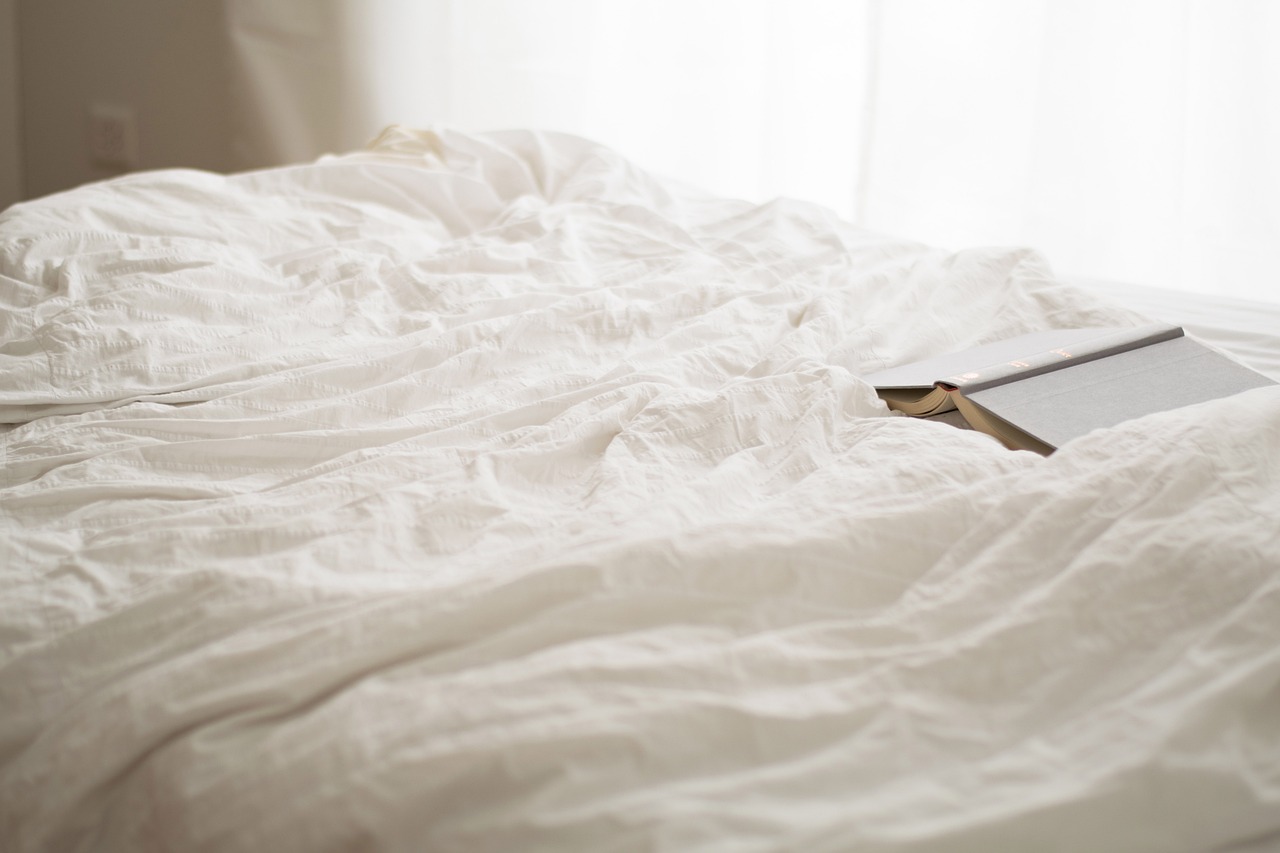Do you find yourself waking up with itchy red bites on your skin? Have you noticed tiny rust-colored stains on your sheets? If so, it’s possible that you have a bed bug infestation.
Understanding the egg laying habits of these pests is crucial in order to effectively eliminate them from your home.
Bed bugs, scientifically known as Cimex lectularius, have specific preferences when it comes to nesting areas. They are commonly found in mattresses, box springs, and cracks in walls or furniture. These areas provide the warmth and darkness that bed bugs need to thrive.
Female bed bugs are prolific egg layers, capable of laying up to five eggs per day. These eggs are tiny, about the size of a pinhead, and are often laid in clusters. The eggs hatch in about 6 to 10 days, and the newly hatched nymphs immediately begin feeding on blood.
Understanding the breeding cycles of bed bugs is important for effective eradication. A single female bed bug can lay hundreds of eggs in her lifetime, leading to rapid population growth.
Factors such as temperature, humidity, and availability of food sources can affect bed bug reproduction. By understanding these factors, you can implement effective methods to eliminate bed bugs and prevent future infestations.
Preferred Nesting Areas of Bed Bugs
The preferred nesting areas of bed bugs aren’t just limited to mattresses and bedding; they can also be found in cracks and crevices in furniture and walls. These pests have a knack for hiding in tiny spaces, making it challenging to eradicate them completely.
Bed bugs are attracted to warm areas with a nearby food source, which is why they gravitate towards beds. However, they’re not limited to these areas alone. They can also infest upholstered furniture, especially if it’s close to a bed.
Additionally, bed bugs can hide in the seams of curtains, behind loose wallpaper, and even in electrical outlets. It’s crucial to thoroughly inspect all potential hiding spots to effectively eliminate these elusive pests.
Number of Eggs Laid by Bed Bugs
Female bed bugs can lay up to 500 eggs in their lifetime. These tiny, oval-shaped eggs are approximately 1mm in size and are usually laid in clusters of 10-50 eggs at a time. Bed bugs have a unique reproductive ability known as traumatic insemination, where the male pierces the female’s abdomen with his reproductive organ to fertilize her eggs.
Once fertilized, the female bed bug will seek out suitable nesting areas to lay her eggs. These nesting areas are typically dark, secluded, and close to a blood meal source. Common nesting areas include cracks and crevices in furniture, mattresses, baseboards, and behind wallpaper.
The eggs are attached to surfaces with a sticky substance secreted by the female bed bug, ensuring their stability and survival. It is important to understand the egg-laying habits of bed bugs to effectively control infestations and prevent their rapid spread.
Duration of Bed Bug Breeding Cycles
Did you know that bed bugs can go through multiple breeding cycles in a year? Understanding the duration of bed bug breeding cycles is crucial in controlling their population.
The breeding cycle of bed bugs typically lasts about 4 to 9 weeks, depending on various factors such as temperature, availability of a blood meal, and the overall health of the bed bug population. Female bed bugs can lay up to 5 eggs per day, with a total of approximately 200 to 500 eggs in their lifetime.
After the eggs are laid, they take about 6 to 17 days to hatch, and the newly hatched nymphs require a blood meal to molt into the next stage.
By understanding the breeding cycles of bed bugs, it becomes possible to implement effective control measures and prevent further infestations.
Factors Affecting Bed Bug Reproduction
One important factor that affects bed bug reproduction is the availability of a blood meal. Bed bugs require a blood meal to grow and reproduce, with females needing to feed before laying eggs. The frequency of blood meals directly impacts their reproductive capabilities.
A blood meal provides the necessary nutrients for females to produce eggs and for those eggs to develop into nymphs. Research has shown that bed bugs can reproduce faster and lay more eggs when they have a consistent and ample supply of blood meals.
Additionally, factors such as temperature and humidity can also affect bed bug reproduction. Ideal conditions for their reproduction include temperatures between 70-80 degrees Fahrenheit and humidity levels of about 70-80%. These conditions enhance their ability to breed and lay eggs.
Understanding these factors is crucial in developing effective strategies for controlling and preventing bed bug infestations.
Effective Methods for Eliminating Bed Bugs
An effective way to eliminate bed bugs is by using heat treatment. This method involves raising the temperature of the infested area to a level that is lethal to the bugs and their eggs. Bed bugs cannot withstand high temperatures, and heat treatment has been proven to be an efficient method for eradicating infestations.
Heat treatment works by using specialized equipment to heat the affected area to around 120-140 degrees Fahrenheit. This high temperature kills all stages of bed bug development, including eggs. The heat penetrates deep into furniture, mattresses, and cracks and crevices, ensuring that even hidden bugs and eggs are eliminated.
One advantage of heat treatment is that it is a non-chemical approach that is safe for humans and pets. It also has the advantage of not leaving behind any harmful residues. This method is highly effective and can provide long-lasting relief from bed bug infestations.

Frequently Asked Questions
How long does it take for bed bug eggs to hatch?
Bed bug eggs typically hatch within 6 to 10 days. During this time, the eggs undergo a process called embryogenesis. Once hatched, the nymphs go through several molts before reaching adulthood.
Can bed bugs lay eggs on clothing or other personal items?
Yes, bed bugs can lay eggs on clothing or other personal items. They attach their eggs to fabric or other materials and can easily transfer them to different locations, increasing the risk of infestation.
What is the lifespan of a bed bug?
The lifespan of a bed bug is typically between 4-6 months, but can vary depending on environmental conditions. During this time, a female bed bug can lay hundreds of eggs, leading to infestations if not properly managed.
Do bed bug eggs need a specific temperature to hatch?
Bed bug eggs require a specific temperature range of 70-90°F to hatch. Outside of this range, the eggs will not develop. Maintaining a consistent temperature is essential for successful egg hatching.
Are there any natural predators of bed bugs that can help control their population?
Natural predators of bed bugs, such as certain types of insects and arachnids, can help control their population. These predators prey on bed bugs, reducing their numbers and helping to manage infestations.
Conclusion
In conclusion, understanding the egg laying habits of bed bugs is crucial for effective elimination strategies.
Bed bugs prefer nesting areas such as mattresses, furniture, and cracks in walls.
Female bed bugs can lay up to 5 eggs per day, resulting in a rapid infestation if left unchecked.
The breeding cycle of bed bugs lasts around 4 to 6 weeks, during which time they can reproduce multiple times.
Factors like temperature and availability of blood meals affect their reproduction.
Employing effective methods, such as professional pest control, is essential for eradicating bed bugs and preventing future infestations.










